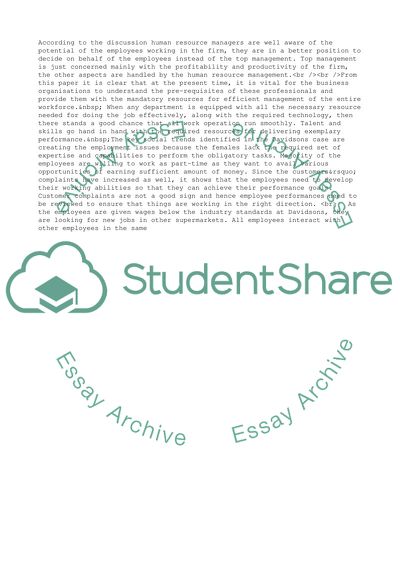Cite this document
(“Developing Professional Practice and Using Information in HR Essay - 1”, n.d.)
Developing Professional Practice and Using Information in HR Essay - 1. Retrieved from https://studentshare.org/business/1403897-developing-professional-practice-and-using
Developing Professional Practice and Using Information in HR Essay - 1. Retrieved from https://studentshare.org/business/1403897-developing-professional-practice-and-using
(Developing Professional Practice and Using Information in HR Essay - 1)
Developing Professional Practice and Using Information in HR Essay - 1. https://studentshare.org/business/1403897-developing-professional-practice-and-using.
Developing Professional Practice and Using Information in HR Essay - 1. https://studentshare.org/business/1403897-developing-professional-practice-and-using.
“Developing Professional Practice and Using Information in HR Essay - 1”, n.d. https://studentshare.org/business/1403897-developing-professional-practice-and-using.


